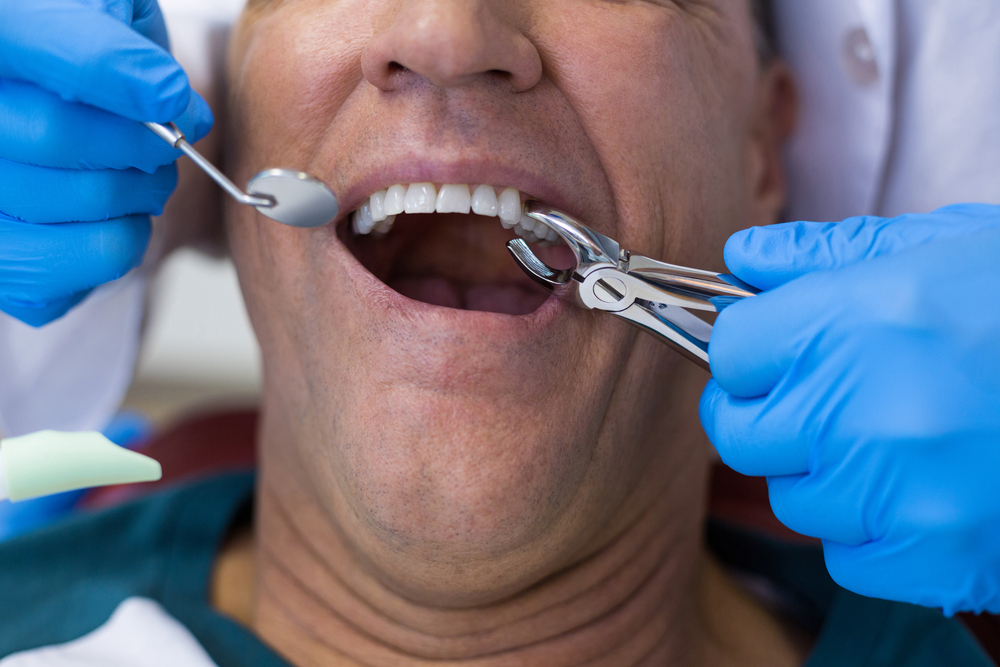
After an extraction, it is very common for a dry socket to form. Dry sockets are extremely painful, and are most common with the removal of the lower teeth. No matter what extraction you are having preformed, dry sockets may be a concern, but typically occur with wisdom teeth surgeries.
A dry socket is when a blood clot forms in the place of the extraction, causing a cover for the exposed area, but the blood clot detaches from the site. The pain that you may be feeling from the dry socket is the nerves being exposed where your tooth once lived. The blood clot was the barrier that was allowing you to heal, almost pain free – but when it detaches, you are uncovered to food debris, plaque and liquids. There is no real way to prevent dry sockets from occurring, but there are ways to protect yourself and reduce the risk.
One of the best ways to reduce the risk of dealing with dry socket pain is following your dentist’s instructions the best you can, and if you feel any slight sense of pain or discomfort to seek dental attention immediately. If you follow your dental instructions, you should reduce your risk greatly, because dentists preform extractions on a daily basis. With their expertise, they’ve seen it all, so listening to them the best you can is imperative to a fast, and good healing experience.
Another thing you can do to prevent the pain is not smoking after the extraction or trying to stop teeth grinding. These both can cause dry sockets to form as they move the blood clot.
If you are unfortunate and dealing with the dry socket pain, see your doctor for help. Your dentist will be able to pack the exposed area, creating a barrier, like a mock blood clot. Of course this will not be able to stay in forever, as it prevents healing from fully occurring, so you will need to regularly visit the dentist so they can watch the area.
If you’re going through an extraction of any kind, speak to your doctor and their staff on the steps you should take post-extraction.
